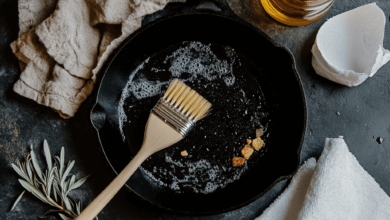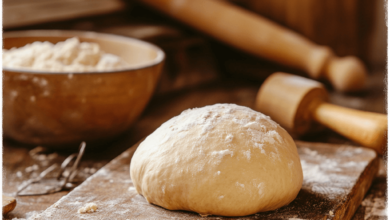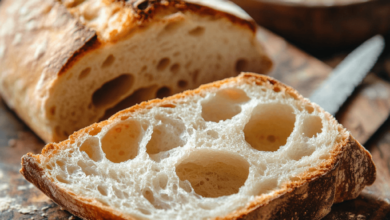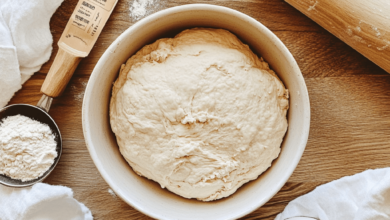Why Does Chocolate Seize When Melted?
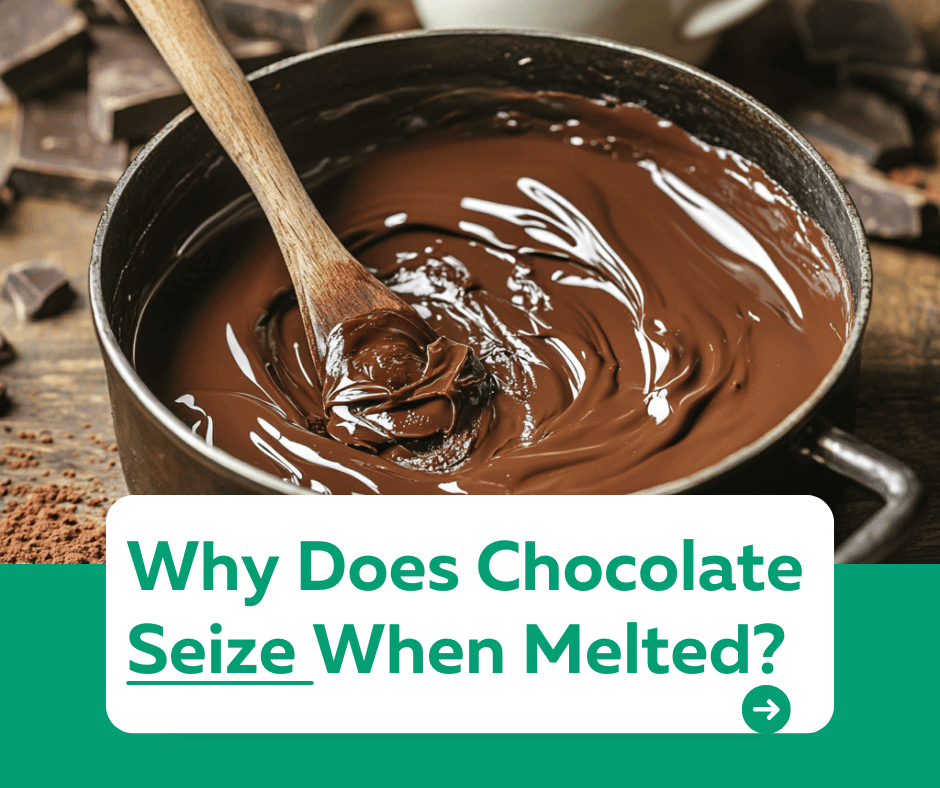
Introduction
“Why does chocolate seize when melted?”
If you’ve ever tried melting chocolate, you might have encountered the dreaded seizing—a gritty, clumpy mess that feels impossible to fix. But why does this happen? In this article, we’ll explore the science behind chocolate seizing, how to prevent it, and what to do if it happens.
1. What Is Chocolate Seizing?
Seizing occurs when melted chocolate comes into contact with water or steam, causing the smooth mixture to clump into a thick, grainy mass.
- Why It Happens:
- Chocolate contains cocoa solids, cocoa butter, and sugar.
- When water is introduced, it disrupts the balance between these components, causing the sugar to bind with the water and form clumps.
Fun Fact: Even a tiny amount of water can cause chocolate to seize, so keeping it dry is key.
2. Common Causes of Chocolate Seizing
- Steam or Water Contact:
- Using a double boiler improperly can allow steam to enter the chocolate.
- Wet utensils or bowls can introduce water into the mix.
- Overheating:
- Chocolate is sensitive to high heat, which can cause it to burn or seize.
- Low-Quality Chocolate:
- Cheaper chocolates with added ingredients may be more prone to seizing.
3. How to Prevent Chocolate Seizing
- Keep Utensils and Bowls Dry:
- Ensure all tools are completely dry before melting chocolate.
- Avoid wooden spoons, as they can retain moisture.
- Melt Gently:
- Use a double boiler or microwave on low power to melt chocolate slowly.
- Stir frequently to distribute heat evenly.
- Avoid Contamination:
- Keep water, steam, or other liquids away from the chocolate until it’s fully melted.
Pro Tip: If your recipe requires adding liquids (like cream or milk), add them to the chocolate before it starts melting. This prevents seizing by creating an emulsion.
4. Can Seized Chocolate Be Fixed?
Yes! If your chocolate seizes, it can often be salvaged:
- Add Fat: Stir in a tablespoon of neutral oil or melted cocoa butter to smooth it out.
- Add Liquid: Slowly mix in a tablespoon of warm liquid (like milk or cream) to loosen the mixture.
- Use It Differently: Use seized chocolate in recipes where texture doesn’t matter, such as brownies or cookies.
5. Why Understanding Chocolate Seizing Matters
Knowing why chocolate seizes and how to prevent it can save you time and ingredients. It also helps you handle chocolate with confidence, whether you’re baking, making candy, or creating desserts.
Conclusion
Chocolate seizing is a common issue caused by water or overheating, but it’s easy to prevent with proper techniques. By keeping your tools dry, melting chocolate gently, and knowing how to fix it, you can ensure smooth, silky chocolate for any recipe.
For more baking tips and kitchen advice, visit our Kuestion.com.

